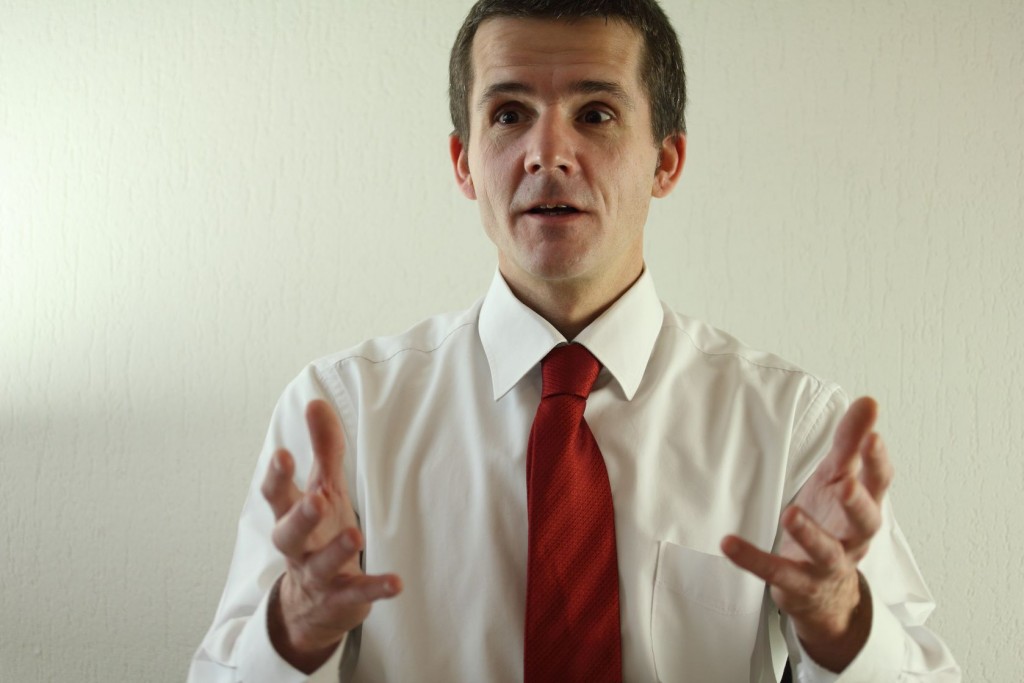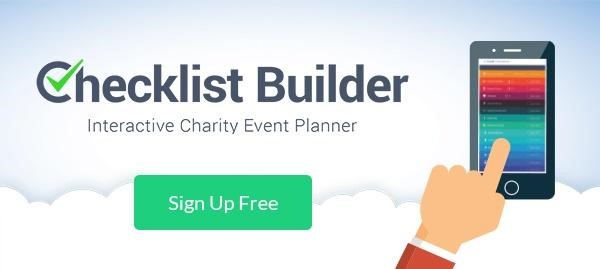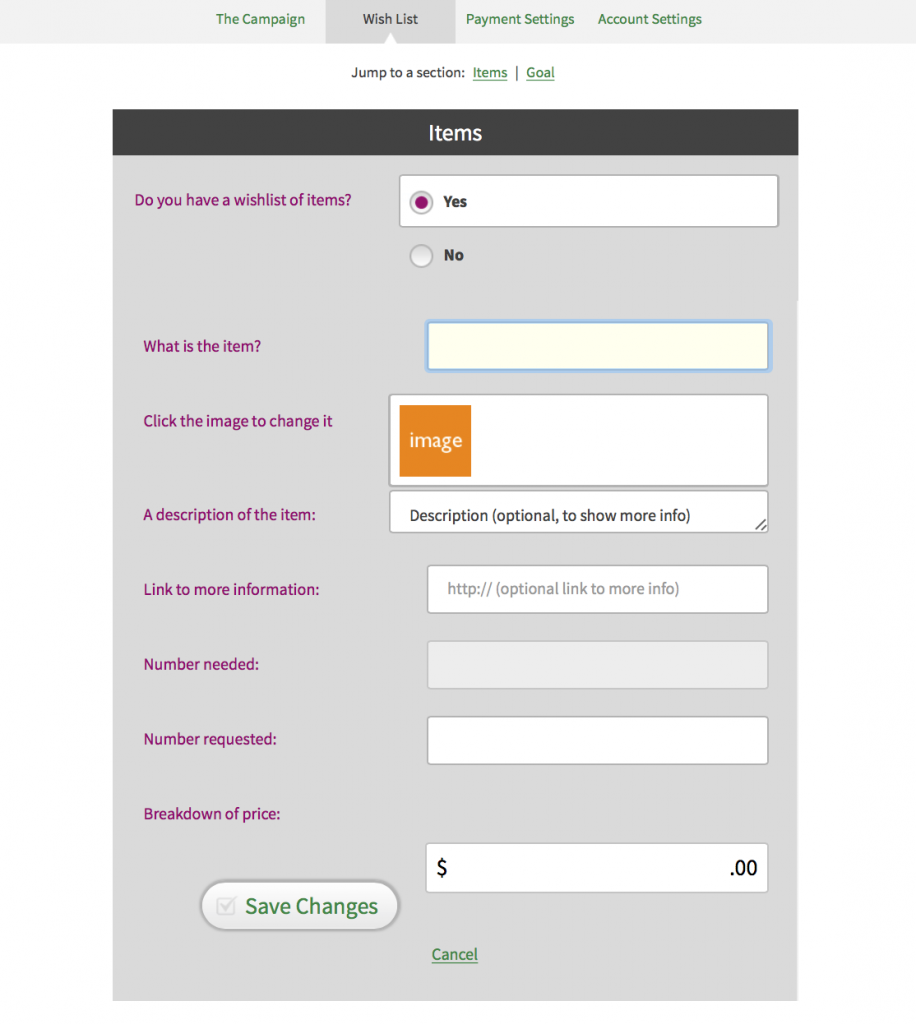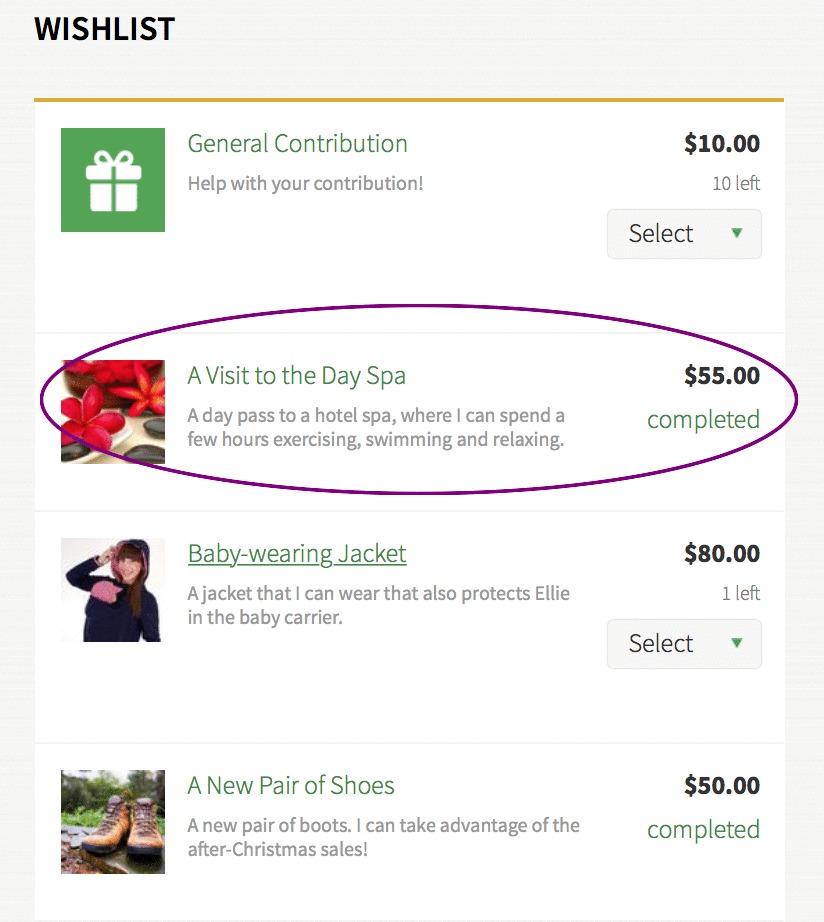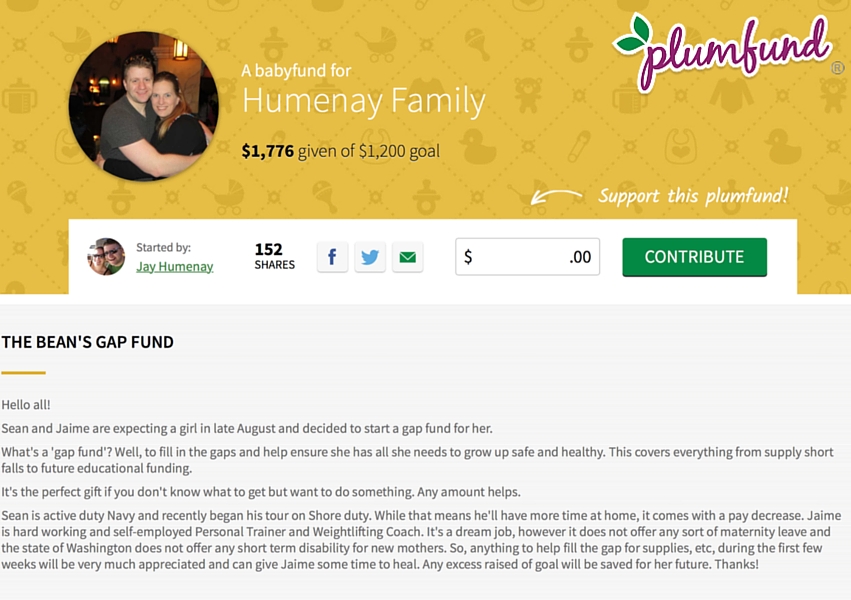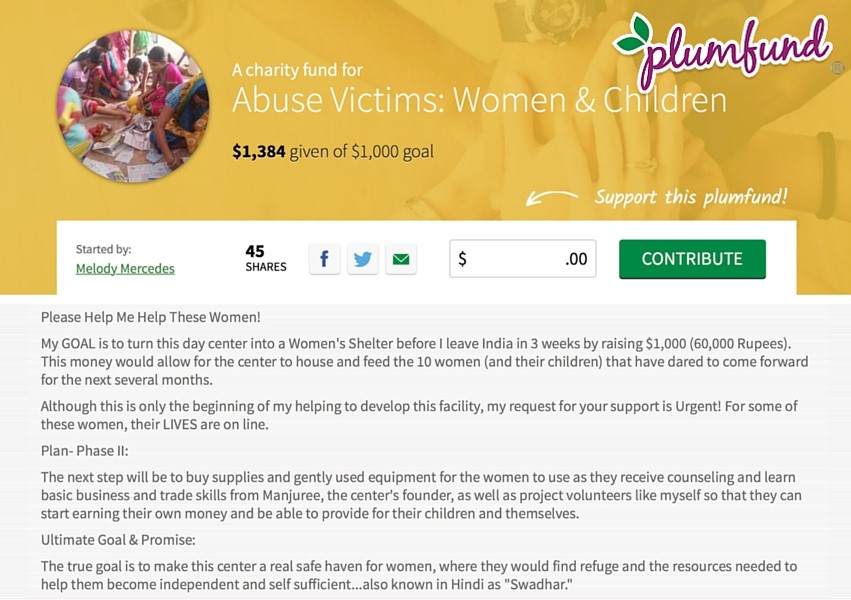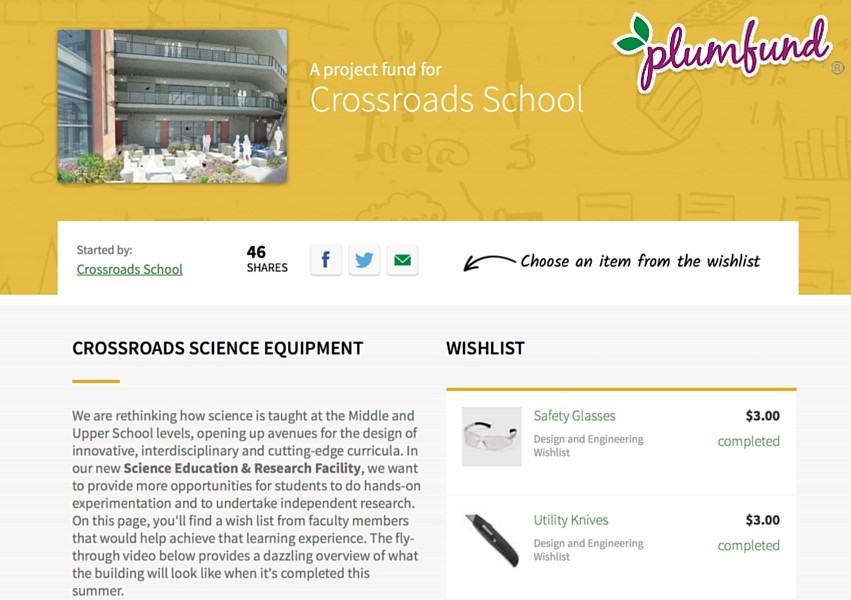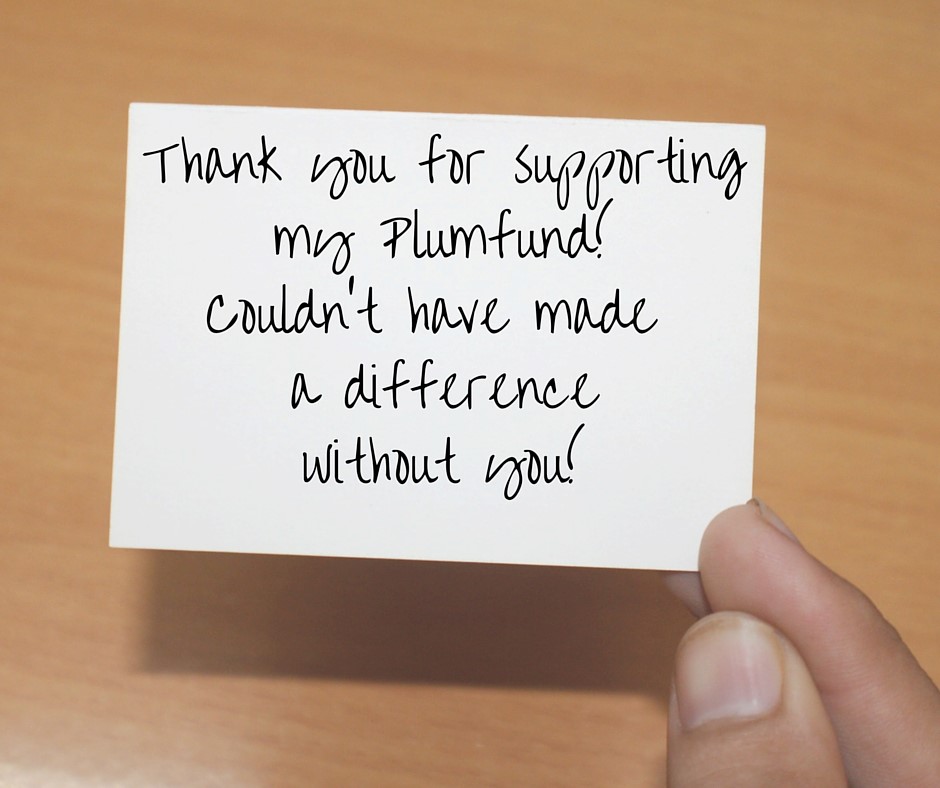This entry is from our Expert Guest series where funding professionals share their best tips on fundraising tactics.
Whether you are looking to raise money for a friend with cancer, pay for your back surgery, or send your grandparents to Fiji for their 50th anniversary, crowdfunding is one of the most effective ways to accomplish your goals.
But…
You have to do it right.
Of the countless campaigns that I see on a daily basis, maybe 1-2% effectively leverage psychology, social media, and storytelling to reach a wide audience and raise the necessary money.
In this article, I am going to help you join the 1%.
I am going to detail all of the basics of personal crowdfunding, common mistakes, and a few nifty psychological hacks that will immediately increase donations.
If you implement the following advice into your fundraisers (online and offline), I promise that you will see results like never before.
The Basics of Personal Crowdfunding (And Why It’s Different From Business Crowdfunding)
Before I delve into the specific tactics, I want to make one extremely important point.
Personal crowdfunding is not the same as business crowdfunding.
While there are plenty of universal principles that apply to all fund-raising campaigns, you cannot run a personal crowdfunding campaign the same way that you run a business campaign.
The primary reason being that you have no product to sell or offer to make.
This means that your focus must be on your story and the impact of potential donations.
Not a product or service.
With that in mind, here are the 5 basic tenants of person crowdfunding that you must follow if you want to be successful.
Focus on Your Story
Without a product to sell or a service to promote, you are left with one crucial asset to use in promoting your campaign and converting visitors into donors.
Your story.
That’s it.
I see campaigns raising money for worthy causes all the time.
But a worthy cause isn’t enough.
If you don’t understand how to effectively captivate your audience and clearly convey your story using relatable and emotional language, your campaign will fail.
Luckily for you, becoming an excellent storyteller and leveraging this ability to raise money is actually a pretty simple task.
You just need to ask (and answer) a few key questions.
1. Who’s Involved?
Tell potential donors about who will be receiving the donation.
Is it you? A friend? A family member?
Share personal anecdotes and stories that will connect viewers with the recipient.
2. What is the Positive Outcome You Are Trying to Achieve?
It is important that this section precedes the “What is the problem” phase of your story.
People love happy endings, and the more you can focus on the positive end results that their donations will provide, the more willing they will be to donate.
Let’s say you are raising money to send your parents on a vacation for their anniversary.
Before you mention how stressful your dad’s job is or how they could never make ends meet because of xyz obstacle, talk about how much they always dreamed of traveling together.
Paint a vivid picture.
Talk about how your Dad would always fantasize about diving the Great Barrier Reefs, seeing Machu Picchu, or dining on the Amalfi Coast.
Keep things in a positive light before you present the problem and you will elicit a much stronger emotional response from potential donors.
3. What is The Problem?
Now that you have set the stage with likable and relatable characters, presented a positive vision for the future, and get your viewers involved in your story, it’s time to deliver the bad news.
Because here’s the thing.
People aren’t going to give money away to people who don’t need it.
(Notice that there aren’t many millionaires receiving donations for their campaign to celebrate their birthday in Tahiti.)
So what problem has arisen that only your donors can solve?
Is your child suffering from a medical condition that your job cannot support?
Was your father laid off right before a big anniversary?
Did your friend sacrifice his dreams of travel to stay home and provide for his disabled parents?
What is the problem you (or the recipient of the donations) facing that you cannot surmount on your own?
4. What is the End Game? (Restate the Positive Outcome from Before)
Once you have stated the problem, you want to make sure to reiterate the end game.
Remind your viewers of the joy and the freedom that they will be providing for you or your family.
Remind them of the health that they will restore to your child, the dreams that they will fulfill for your parents, or even the life that they will save.
Use Videos
As a writer, I love creating compelling stories through the written word.
However, if you really want to succeed at the game of crowdfunding, then you need to embrace the power of video.
Yes, it is important to share your story and write a moving message that clearly explains why you are looking to raise money.
But as the old adage goes, “A picture is worth a thousand words”… and a video is worth almost a million.
Luckily, you don’t have to be a world-class photographer or cinematographer to create a great video.
Here are a few simple tips that you can use to instantly improve the quality of your videos to help share your message and increase donations.
1. Look Into the Camera
I know that it might sound simple, but many individuals forget this simple tactic.
Studies have proven time and time again that eye contact is critical to successfully conveying a message and instilling trust in your audience.
So hit record and look at the camera.
2.Use a Teleprompter or Memorize Your Line
One of the best ways to quickly strengthen your message and improve the chances of receiving a donation is to share your story with authority and confidence.
And while some of you might have a natural ability to stand in front of the camera and speak from your heart, most of us (myself included) do not.
If you want to pack some extra “umph” into your campaign’s video, be sure to use a teleprompter or memorize your lines.
3. Be Authentic
This is not a business campaign.
You are not making a sales pitch to try and convince people to buy your latest product.
You are asking real people to help you overcome a real obstacle.
And even though I encourage you to present your message as confidently and eloquently as possible, you still need to be vulnerable.
People want to see your authenticity shining through.
They want to know that their money is going to the right place.
They want to know that you are real, are suffering from real pain, and that they can help.
If need be, go off script, cry, show emotion, do whatever comes naturally.
Because at the end of the day, people donate to people that they like.
And they like people who are authentic and real.
Mind Your Manners
One of the most important parts of a personal crowdfunding campaign is that you remember your manners and always say please and thank you.
Especially “Thank you”.
One of the quickest ways to earn repeat donors and encourage new support is by coming up with creative ways to say “Thanks.”
Here are a couple of ideas to get you started:
1. Personalized Social Media Shout Outs
A great way to thank your donors is to give them special shoutouts on social media.
Here are a couple of ways you can do this:
— Update your Facebook or Instagram status with a picture of you holding a “Thank You” sign and tag donors in the post, thanking them for their generosity.
— Publish an Instagram or Snapchat story where you shout out to some of your biggest donors.
—Tweet out a thank you to your donors
Create a personalized video on Facebook or Instagram, thanking specific donors for their generosity
2. Handwritten Thank You Cards
Nothing says “Thank You” more effectively than a handwritten letter.
I highly recommend that you use this method for your bigger donors, thanking them for their generosity and including some token of gratitude (probably a picture of the donation recipient)
Not only is it the right thing to do, but it will also increase the odds of a repeat donation.
3. A Campaign Video
This tactic is a great way to show your gratitude to existing donors while simultaneously increasing support for your campaign.
At key milestones within your campaign create a video detailing everything that you have already been able to do with the money and thanking donors for their generosity.
Then, after acknowledging existing donors, conclude the video by mentioning how close you are to your goal and what it will mean for you, your family, and your friends when you hit it.
By showcasing existing donors, you will evoke the power of the social proof (more on that later) and make these donors feel appreciated, increasing the odds of repeat generosity.
Share, Baby, Share
One of the biggest killers of crowdfunding success is the “set it and forget it mentality”.
I have seen many a campaign doomed to failure simply because the recipients did not actively share their campaign!
When you start a campaign, you need to share it on every social media platform that you have.
Post it on your Facebook, update the link in your Instagram bio, post a story on SnapChat, and Tweet out as much as you can.
And once you have started sharing… Don’t stop.
You can’t just post once and hope for a wild influx of donations.
You need to continually share updates about the campaign and continue to encourage donations as the campaign progresses.
The Biggest Personal Crowdfunding Mistakes
So now that you understand the basic tenets that make a great crowdfunding campaign, let’s dive into a couple of the common traps and pitfalls that many novices fall into.
1. Being Unprepared
I know that this might sound simple.
But you need to look at your crowdfunding campaign the same way you would look at starting a small business or turning in a project for school.
You need to be prepared!
Make sure that you take time before you start your campaign to do your research.
Look at other personal fundraisers that have been wildly successful, plan out your message, and be sure that you have a clear plan to share your campaign.
2. Improper Etiquette
Understand that you need to follow the common rules of etiquette and politeness when asking for money online.
Be sure that you are regularly sending thank you letters to donors and updating your campaign to let people know how much their support means to you.
It is also important that you are transparent and honest about where the money is going and exactly what it is being used for.
This means that you need to clearly lay out where you will be spending the money, how much of it will be absorbed by the platform’s fees (more on that in a second) and even posting receipts or transaction details on your campaign’s page.
This level of honesty and transparency will create a feeling of trust and assurance, increasing the odds of a donation.
3. Wasting Your Money on Unnecessary Fees
Most business based crowdfunding sites charge you outrageous fees of up to 9%!
Be sure to do your research on a platform before you use it and make sure that you are maximizing your donor’s dollars.
I highly recommend that you avoid any of the major business crowdfunding websites and only use platforms specifically designed for personal fundraising.
4. Expecting Free Money
Look, nothing is free.
Not even charitable donations.
If you want to raise more than a few paltry dollars, then your campaign is going to require careful planning and maintenance.
You will need to treat your crowdfunding campaign like a part-time business and take it seriously.
Nobody gets something for nothing, so be prepared to put in the work to make your campaign a success.
5. Acting Ungrateful
Regardless of what type of campaign you are running, you need to be overly enthusiastic in showing your gratitude for every gift no matter how big or small.
A Few Psychological Hacks to Boost Donations
Now that you understand the core components that make a great personal crowdfunding campaign, let’s dive into a few psychological hacks that will boost donations even further.
While most of these principles are common in the world of business crowdfunding, they are equally applicable to personal campaigns and will result in a drastic in your results.
1.Donate to Other Campaigns
The first little hack that you can use to increase the success of your campaigns is to actually give to other campaigns.
This simple act serves two purposes.
a) It Invokes the Power of the Reciprocity Bias
If you understand social psychology, then you know that there is a cognitive bias called the “Reciprocity Bias”.
This bias basically states that whenever you do a good deed for someone else, that person (and the people who noticed) will feel obligated to repay your actions in kind.
Luckily, most crowdfunding campaigns make it incredibly simple to leverage this bias to your advantage by showcasing your donations to various campaigns.
This means that anytime someone looks at your profile or campaign and notices your own generosity, they will feel obliged to reciprocate.
b) It Can Make Your Campaign Appear Higher in the Search Results
Depending on which platform you are using, your donations and activity are often factored into where your campaigns are placed on the site.
This means that if you regularly donate to other people’s campaigns and are active in the community, there is a good chance that the platform’s algorithm will notice this and reward you by boosting your campaign’s relevance.
2. Clearly Breakdown Expenses
Donors want to know that their money is making a difference.
In fact, according to many studies, this is one of the greatest determining factors in if and how much individuals give.
One of the best ways to show your donors that they are having an impact is to clearly break down the specific ways that their money will be used.
For example, if you are raising money to send your parent’s on a second honeymoon for their 50th anniversary, clearly outline how much money will be spent on airfare, lodging, and activities.
This will allow donors to have a clear vision of what their money will be used for and the positive effect that their contribution will have on your life.
3. Use the Second Person
Psychologists have long stated that one of the five most powerful words in the English language is the word “You”.
“You” (like using an individual’s actual name) breaks viewer’s out of their subconscious minds and puts them into a state of self-awareness.
Using this kind of language helps readers relate your message and problems to their own life and actually envision themselves contributing.
So for example
“Donors will receive a personalized letter for contributions of $10 or more”
Turns into…
“YOU will receive a personalized letter when you contribute $10 or more”
4. Disclose Personal Information
Asking online strangers to give you money is a pretty tall order.
They don’t know you and until you give them a reason to do otherwise, they don’t trust you.
This makes it imperative that you completely fill out your profile and provide as much personal information as possible.
This tactic plays on the psychological effect known as the “Identifiable Victim”.
Basically, it is the concept that human beings express more empathy and compassion towards specific individuals as opposed to vague groups.
For example, in one study researchers found that individuals were more likely to donate $5 to an African girl named Rokia as opposed to donating the same $5 to millions of starving children in Africa.
5. Offer the Lowest Donation Option Possible
By offering the lowest possible donations (typically $1) you will simultaneously accomplish 2 goals.
a) You Will Increase Your Campaign’s Position
Most crowdfunding platforms factor in the number of donors whenever they decide which campaigns to display on the front page.
b) You Will Evoke the Power of Social Proof
Once again, many of you who are versed in the basics of consumer psychology understand the power of social proof.
Just like customers are more likely to buy when your company has hundreds of positive reviews and highly visible testimonials, donors are more likely to give to campaigns when they see their peers and friends giving to those same campaigns.
6. Mention Low Price Hedonic Products
So you know how online marketers will often use phrases like “For only $47 a month (less than the cost of your daily latte) you too can have the secrets to limitless wealth”?
Well, this is actually a very effective psychological hack that you can leverage to increase donations to your personal cause.
The key here is to mention low cost “Hedonic products” or pleasurable purchases that create a feeling of guilt.
So, for example, when you describe the $1 donation option, include a phrase like “For $1 (less than the price of a chocolate bar) you can help fund Mandy’s surgery.”
Conclusion
So there you have it.
The ultimate guide to help you raise money online for any cause in record time!
By implementing the above tactics, I promise that you will drastically increase donations and reach your crowdfunding goals sooner than you ever thought possible.
If you have any questions about how to raise money for a personal cause or want to ask us about something you read in the article, feel free to drop us a comment below!





